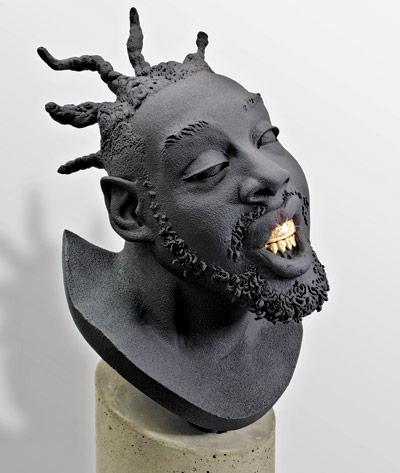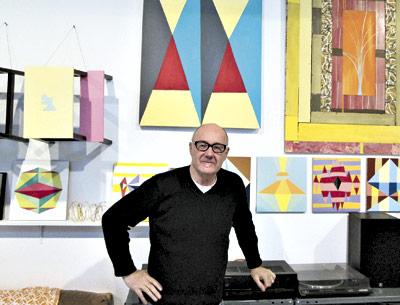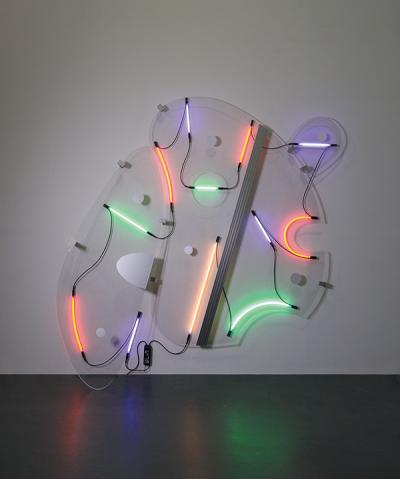Bulgarian Folk Music
Bulgarian Folk Music
The Montauk Library will host a free concert of Bulgarian folk music Saturday evening at 7:30. Vlada Tomova, an internationally acclaimed Bulgarian vocalist, will perform with Chris Rael, an American guitarist who plays sitar, guitarra Portuguesa, Turkish Zas, and the 12-string guitar. The program will include Ms. Tomova’s arrangements of authentic Bulgarian folk music as well as her English-language repertoire.
Ms. Tomova has toured in North and South America and throughout Europe. She has performed at such New York venues as Symphony Space, the Public Theatre, Irving Plaza, and BAM Cafe. Mr. Rael’s group, Church of Betty, has performed around the world and on National Public Radio, and Mr. Rael has teamed with musicians ranging from David Byrne to Frank London of the Klezmatics to Curt Smith of Tears for Fears.
Ms. Tomova and Mr. Rael live in Brooklyn with their son, Sasha.



